Bisie. A one-year snapshot of the DRC’s principal cassiterite mine (2011)
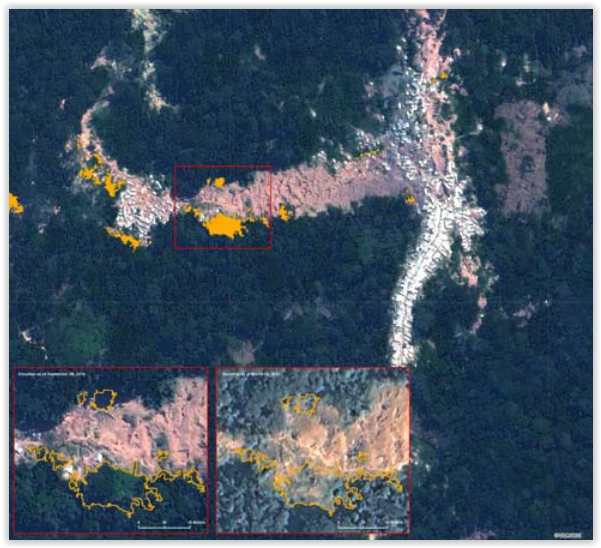
Much has happened in the mining sector of Eastern DRC over the last year. President Kabila imposed a ban on all mining activities last fall, during which production fell considerably. As soon as the suspension was lifted in the spring of this year, the major global electronic companies stopped buying minerals from the region, provoking […]
Mapping Conflict Motives: ‘Province Orientale’ (DRC) (2010)
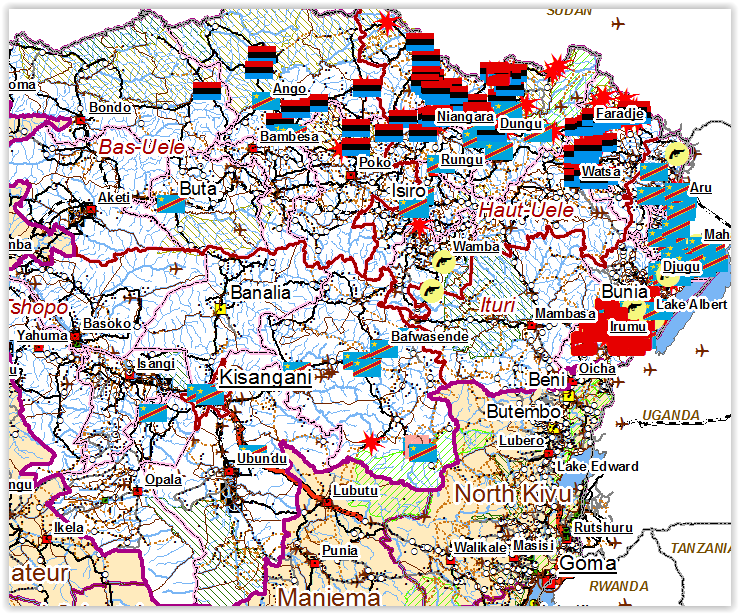
The districts of Ituri, Haut-Uele, Bas-Uele and the territory of Bafwasende continue to suffer from armed groups. Generally speaking, the strength of the armed groups throughout Orientale is limited and their effectives are few. Moreover, there is a considerable presence of the Congolese army. The Uele districts are the two most northern districts of Orientale […]
Culprits or scapegoats? Revisiting the role of Belgian mineral traders in eastern DRC

Ever since the eruption of the second Congo war in August 1998, the mining sector in eastern DRC has been under scrutiny of UN Sanctions Committees, academics, NGOs, and local and international media, who have been worried and disturbed by the links between natural resource exploitation and armed conflict in the region. It has been […]
Mapping Conflict Motives: Central African Republic (2009)
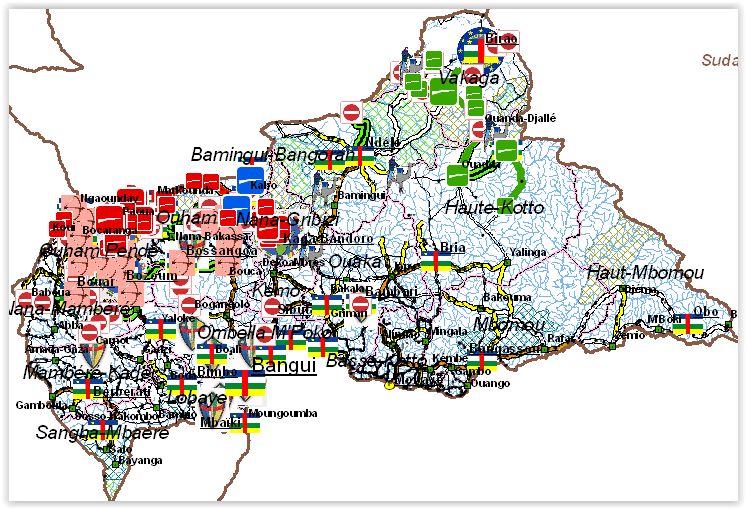
Not many areas in the Central African Republic are really secure. Although the country is scarcely populated, it is tormented by a multitude of armed actors. These belligerents use their weapons for a diversity of reasons but they have one thing in common: each of them would be a weak opponent for any well-organised state, […]
Mapping Conflict Motives: Katanga. (Update May- September 2008)
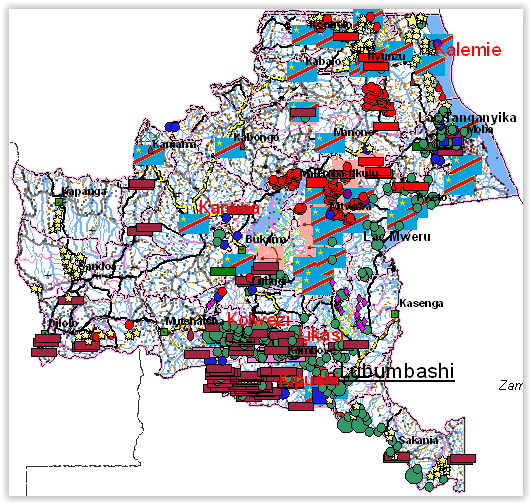
This report is the third (and for the moment the last) in a series of updates following an initial report on conflict motives in the Congolese province of Katanga. It analyses the most important security developments from May 2008 until September 2008. Download in pdf or open with issuu reader. The web maps We have […]
From conflict resources to sustainable development

Memorandum by Fatal Transactions on the European Union’s contribution to natural resource management in Africa This Memorandum looks specifically at the European Commission’s contribution to a sustainable exploitation of natural resources in Africa and a sustainable supply chain. It also assesses its approach on conflict resources. The paper provides an analysis of the Commission’s trade […]
Fatal Transaction’s second submission on EIB Statement of Environmental and Social Principles and Standards

Fatal Transactions supports the initiatives of the European Investment Bank to revise its “Statement of Environmental and Social Principles and Standards”. We applaud the realisation of this revision in an open and transparent consultative process. This has without any doubt positively contributed to the revised draft Statement that has been presented by the Bank on […]
Mapping Conflict Motives: Katanga. (Update December 2007 – May 2008)
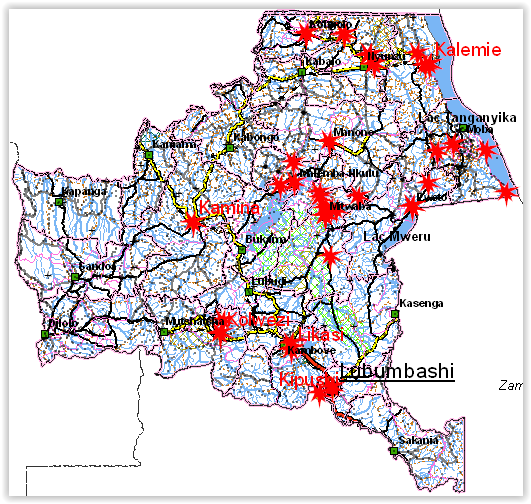
This report is the second in a series of updates following an initial report on conflict motives in the Congolese province of Katanga. It analyses the most important security developments from December 2007 until May 2008. Download in pdf or open with issuu reader. December 2007-May 2008 This report is the second in a […]
Mapping Conflict Motives: Eastern DRC (March 2008)
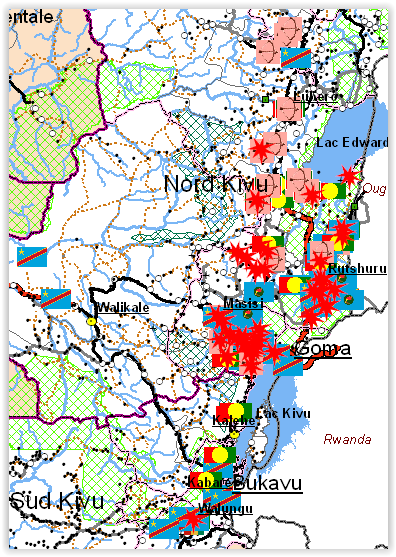
The eastern DRC is still plagued by violent conflict. The centre of the conflict is the ‘Petit Nord’ region where two large armed groups, a coalition of smaller bands of armed men and the government army are all involved in a persisting battle causing enormous human suffering. In the neighbouring regions of the ‘Grand Nord’ […]
The Kimberley Process and the UN: Lessons Learned

The United Nations, mainly through the UNSC and the UNGA, has played an important role in the genesis and development of the KPCS, an international control regime aimed at preventing conflict diamonds to enter into the legitimate trade. The earliest forerunner of the KPCS stems from an embargo imposed by the UNSC in June 1998 […]
Mapping interests in conflict areas: Katanga. (Update September-November 2007)
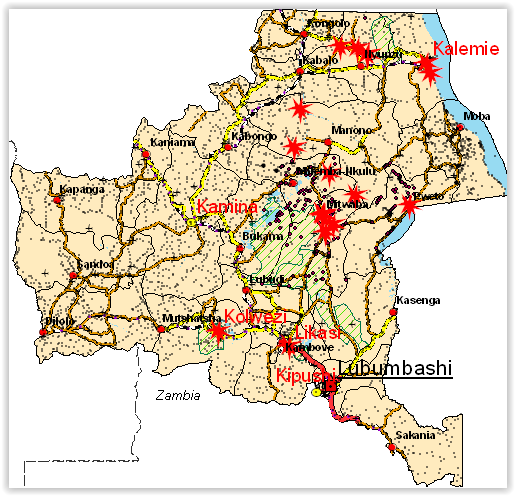
The International Peace Information Service (IPIS), a Belgium based research NGO, is a member of the Fatal Transactions consortium, which carries out the action ‘From Fatal to Fair Transactions’ with co-funding from the EU. IPIS’ contribution to this action is to develop a tool for the analysis of conflict drivers. Making use of GIS (Geographic […]
Mapping interests in conflict areas: Katanga (August 2007)
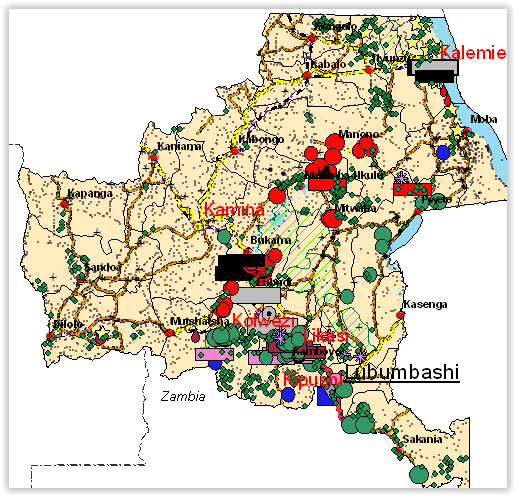
Revised version August 2007. ‘Mapping interests in conflict areas: Katanga’ reports on the presence of (ex-) combatants in the Congolese province of Katanga. It focuses on two broad categories: the ‘Forces Armées de la République Démocratique du Congo’ (FARDC) and the Mayi-Mayi militias. There is no significant presence of other armed groups in the region. […]
The State versus the people? Governance, Mining and the Transitional Regime in the Democratic Republic of Congo: the Case of Katanga

Resource Extraction and Transparency, in: OPENSPACE Vol. 1, no. 4, Open society initiative for Southern Africa, June 2006. Download in pdf or open with issuu reader.
The State vs. the People. Governance, mining and the transitional regime in the Democratic Republic of Congo
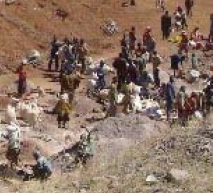
27/03/2006 PRESS RELEASE Netherlands Institute for Southern Africa – Fatal Transactions Fatal Transactions publishes DR Congo report – The State versus The People Fair distribution of DRC natural wealth undermined by poor administration and corruption in transitional government Three years of transitional government in the Democratic Republic of Congo (DRC) has led to anything but […]

